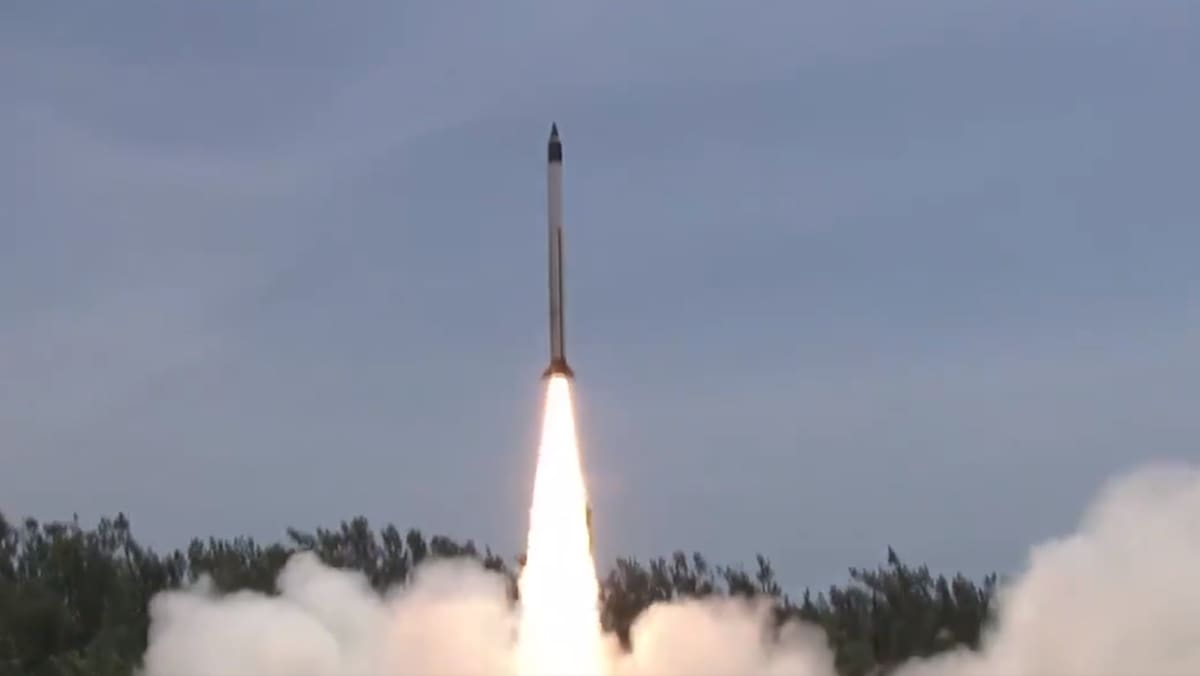Relevance: Prelims: Science & Technology

Why in News
Recently, the Defence Research and Development Organisation (DRDO) successfully flight tested the Hypersonic Technology Demonstrator Vehicle (HSTDV).
Key Points
- About: HSTDV is an unmanned scramjet demonstration aircraft that can travel at hypersonic speed.
- It uses hypersonic air-breathing scramjet technology.
- The vehicle travelled its desired flight path at a velocity of six times the speed of sound i.e. Mach 6.
- Mach number: It describes an aircraft’s speed compared with the speed of sound in air, with Mach 1 equating to the speed of sound i.e. 343 metre per second.

Air Breathing Engine
- Air-breathing engines use oxygen from the atmosphere in the combustion of fuel. They include the turbojet, turboprop, ramjet, and pulse-jet.
- This system is lighter, efficient and cost-effective than other systems in use.
- Worldwide efforts are on to develop the technology for air breathing engines for satellite launch vehicles.
- Presently, satellites are launched into orbit by multi-staged satellite launch vehicles that can be used only once (expendable). These launch vehicles carry oxidiser along with the fuel for combustion to produce thrust.
- A propulsion system which can utilise the atmospheric oxygen during their flight will considerably reduce the total propellant required to place a satellite in orbit.
- If those vehicles are made reusable, the cost of launching satellites will further come down significantly.
- Types of Air Breathing engines
- Ramjet: A ramjet is a form of air-breathing jet engine that uses the vehicle’s forward motion to compress incoming air for combustion without a rotating compressor.
- Ramjets work most efficiently at supersonic speeds but they are not efficient at hypersonic speeds.
- Scramjet: A scramjet engine is an improvement over the ramjet engine as it efficiently operates at hypersonic speeds and allows supersonic combustion.
- Dual Mode Ramjet (DMRJ) : A dual mode ramjet (DMRJ) is a type of jet engine where a ramjet transforms into a scramjet over Mach 4-8 range, which means it can efficiently operate both in subsonic and supersonic combustion modes.
- Conducted at: The test was conducted from Dr APJ Abdul Kalam Launch Complex at APJ Abdul Kalam island off the coast of Odisha.
- Implications: India became the fourth country to have demonstrated this technology after the USA, Russia and China.
- China successfully tested its first waverider hypersonic flight vehicle in 2018.

Advantages:
The indigenous development of the technology will boost the development of the systems built with hypersonic vehicles at its core.
It can be developed as a carrier vehicle for long range cruise missiles in the defence sector. This includes both offensive and defensive hypersonic cruise missile systems,
Due to its high speed, most RADARs will be unable to detect it. It will also be able to penetrate most missile defence systems.
This technology will be helpful in the space sector in development of low-cost, high efficiency reusable satellites.
Disadvantages:
Very high cost.
Background:
The DRDO started on the development of the HSTDV engine in early 2010s.
The Indian Space Research Organisation (ISRO) has also worked on the development of the technology and successfully tested a system in 2016.
DRDO conducted a test of this system in June 2019 also.
For more such notes, Articles, News & Views Join our Telegram Channel.
Click the link below to see the details about the UPSC –Civils courses offered by Triumph IAS. https://triumphias.com/pages-all-courses.php

